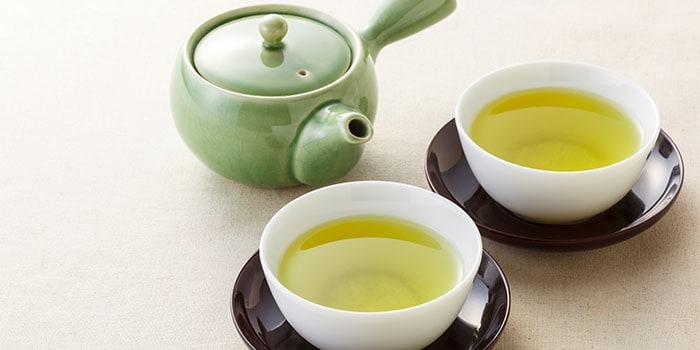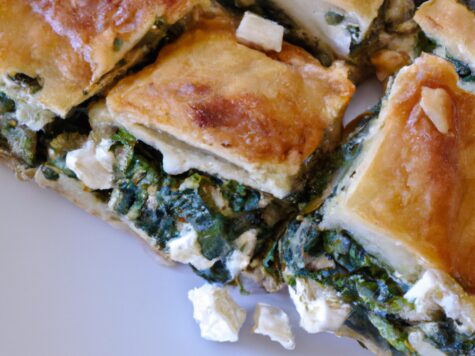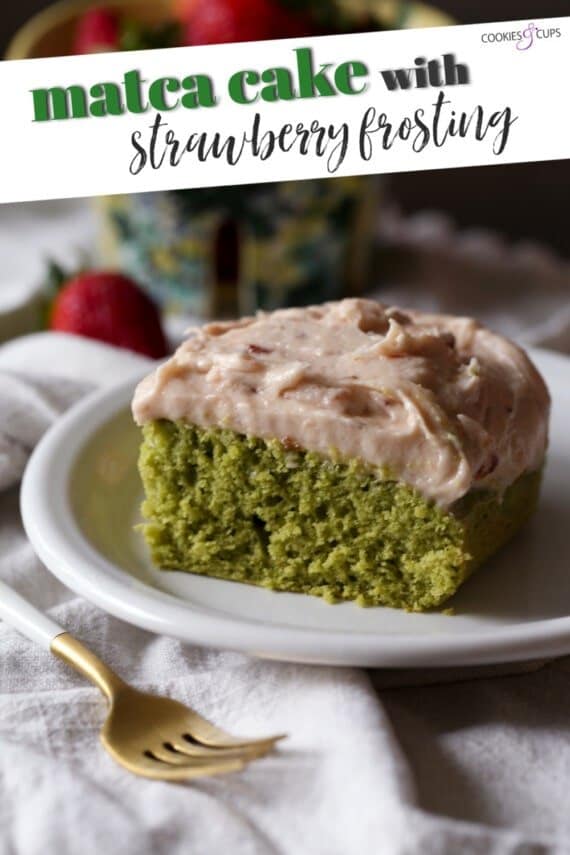
Those familiar with Japanese cuisine know that it is much broader and more complex than just sushi rolls and ramen noodles. Sure, those two dishes might be especially popular in the United States, but they are simply a couple of the many, many fine culinary delicacies that Japan has to offer.
As Americans become accustomed to and gain an appreciation for more of the country’s traditional dishes, it’s also important to realize the plethora of health benefits that many of Japan’s commonly used ingredients possess. After all, the Japanese people are among the world’s healthiest. Chef Isao Yamada of New York City’s Brushstroke walks us through eight basic, healthful ingredients utilized in Japanese restaurant and home kitchens.
Healthy Japanese Ingredients
Miso
Miso is often seen in the form of fermented soybean paste, which is most commonly used in miso soups. It’s best for seasoning, pickling or even marinating fish or meat.
It’s available in many colors and flavors, depending on where it is found in Japan. (Red miso is from mid-Japan; white and yellow miso from western Japan; in eastern Japan, the people make miso with rice and soybeans; and in southern Japan, they add barley to their miso).
Miso is full of probiotics and provides many health benefits, including helping digestion — which is why it’s traditionally served in the form of soup at the end of a sushi meal.

Konnyaku
Konnyaku is made by mixing konjac flour (made from konjac yam) with water, resulting in a bouncy texture. It is 97 percent water, with the remaining 3 percent consisting of glucomannan, a polysaccharide, but, more importantly, a strong source of dietary fiber. Glucomannan swells by absorbing water, and some studies say that glucomannan envelops calories, carbohydrates and fats in fiber, so it basically pushes out some of the calories you took in with the konnyaku.
For this reason, there is a saying in Japan that konnyaku is the “stomach broom” or “stomach cleaner.” It is fat-free and has virtually zero calories. Konnyaku can be cut into bite-size pieces to be put in miso-flavored soup or strews, sliced thinly to be enjoyed like a sashimi with soy sauce and wasabi, or even grilled like a steak.

Tofu
Tofu is made by mixing soymilk with a coagulant, such as calcium sulfate or nigari (which is made from seawater). It is an excellent source of vegetarian protein and contains all eight essential amino acids. Tofu has a variety of culinary uses, as it can be eaten raw, boiled, grilled or mashed and incorporated into many different types of dishes.

Soba
As we’ve noted before, soba are Japanese noodles made from buckwheat flour that can be served either cold with a dipping sauce (slurping encouraged!) or warm in a broth. It’s especially rich in the antioxidant rutin, which prevents blood clots, and boosts both circulation and vitamin C absorption.
The percentage of buckwheat in the noodles depends on the product, and the buckwheat is often mixed with regular flour. A lower percentage of buckwheat means a smoother and softer texture, whereas a higher percentage makes the soba rustic and nutty. It requires more technique to make good soba with a higher buckwheat percentage.

Green Tea/Matcha
A standard cup of hot green tea is packed with antioxidants, such as catechins, which are a type of polyphenol that lowers the risk of cancer. Green tea is packed with vitamin C, boosts the metabolic rate and increases one’s fat-burning rate. Studies have also shown that it can prevent and eliminate unwanted bacteria. Green tea can, of course, be ground to make matcha and used for beverages — hot or iced — and desserts, as well as mixed with salt for aromatic seasoning.

Seaweeds
There are a number of different seaweeds utilized in Japanese cuisine. Low in calories and rich in fiber, seaweed is high in vitamins A and C and in minerals such as calcium, iodine, iron and magnesium.
Seaweeds are used for making dashi stock by extracting umami from dried kelp; making sushi with toasted nori; adding wakame to miso soup and salads; and mixing hijiki with rice.

Daikon Radish
Daikon is an important garnish in Japanese cuisine. Grated daikon can be served with cooked fish, and shredded daikon is often found next to or beneath sashimi. It’s not only for decoration or to refresh your palate — there are beneficial health reasons to garnish food with daikon. The radish helps digestion and protects the stomach, while some studies say raw daikon juice is packed with digestive enzymes similar to those found in the human digestive tract. It is also rich in Vitamins A, C, E and B6, and is said to have cancer-preventative properties.

Maitake Mushrooms
Maitake mushrooms contain beta-glucans, which are polysaccharides that stimulate the immune system and are known to fight cancer. The mushrooms are low in calories, while also being rich in vitamin B2, which converts excess fat and protein into energy, and vitamin D, which helps the absorption of calcium.
Maitake means “dancing mushroom” in Japanese. This is said to be true because back in the day, people danced with joy when they found out that it was packed with healthy nutrients. It was also difficult to find and so expensive that it was often traded for silver.
Today, maitake can be enjoyed as tempura, stirred with butter, put in stews, soups or hotpots. It’s very easy to use, and it adds umami to any dish it graces.
This post has been updated from an earlier version.



